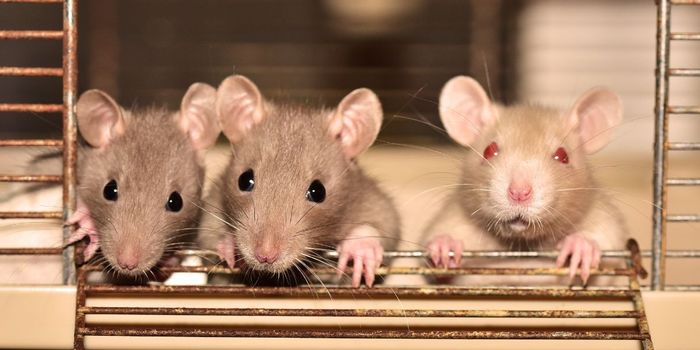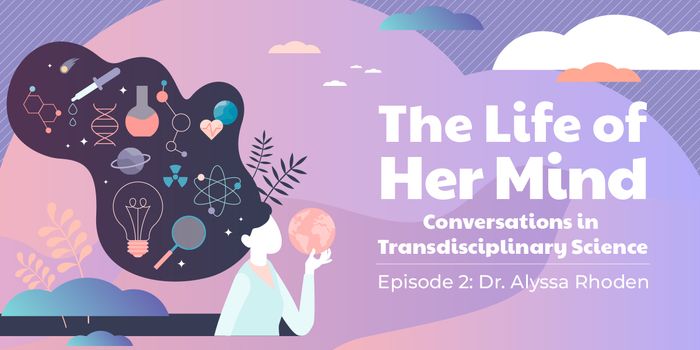Over the course of history, marrying within families was not an unusual practice, especially in families of royalty descent. Inbreeding, or the consanguineous union of two closely related family members, was a way to maintain and keep the line of power within a single lineage. However, it soon was apparent that this method of preserving power had detrimental health effects. It is thought that the hemophilia disease that spread throughout the European royalties in the 19th and 20th century began and propagated because of consanguineous marriages.
Today many countries have laws that prevent incestuous relationships and such unions are often considered taboo. But how does inbreeding increase the risks of genetic abnormalities in a population?
Genetically speaking, the union of two closely related individuals increases the chances that alleles of a gene are the same - this is what geneticists refer to as homozygosity. In some conditions, two recessive alleles are needed for the disease to occur, and inbreeding ups the chances of this happening. Thus conditions that require two bad alleles, like cystic fibrosis or Tay-Sachs disease, occur in higher frequency from consanguineous marriages. Conversely, outbreeding decreases the chances of homozygosity because there are more different alleles to be shuffled in the offspring.
The effects of inbreeding are useful for geneticists in the context of disease at the population level. Inbreeding is also useful in mouse genetics, where it is an advantage to have genetically identical mice for experimental purposes. Watch the video to learn more about what happens when we inbreed other species.








